Famed physicist Richard Feynman once said, “Anyone who has been in a thunderstorm has enjoyed it, or has been frightened by it, or at least has had some emotion. And in those places in nature where we get an emotion, we find there is generally a corresponding complexity and mystery about it.”
In the world of weather, you don’t have to look far for that complexity, that mystery, or that heart-pounding emotion.
Consider, for example, the rushing Santa Ana winds that sweep into the Los Angeles basin with startling force. They descend from the cold heights of the mountains, yet they are dry and hot as any desert, bringing with them the smell of fire and parched summer days. What drives these powerful winds, and what is the source of their searing heat?
Or imagine that symbol of fierce prairie weather, the tornado. How do these intense swirling winds acquire their spin? And why do we find these twisting winds in the flat lands of the Midwest, but in few other places?
Pursuing the answers to questions like these is more than just an interesting intellectual exercise. Weather affects our lives each and every day, often determining where we can go and what we can do. But meteorology—the study of weather—is also a grand puzzle. From the swirling winds to the transformation of water vapor into clouds, each meteorological event is a tremendously complex interaction of forces and factors. To grasp the mystery of these phenomena is to understand a remarkably complex system and, ultimately, to gain a glimpse into the way all complex systems work.
In Meteorology: An Introduction to the Wonders of the Weather, you embark on a fascinating foray into this complex and enthralling field of study. In 24 engaging lectures, you explore the often surprising, always intriguing workings of the weather, guided by expert atmospheric scientist and Professor Robert G. Fovell. Bringing together geography, chemistry, physics, and other scientific disciplines, the study of weather offers insights into the world around you while also providing an opportunity to grasp the complex interactions that make up our world’s climate.
A Complex Subject Made Accessible
Why is it often cooler by the shore than it is inland? Why are there deserts in some regions and rainforests in others? What makes the sky blue, clouds white, and the setting sun red?
With Professor Fovell’s guidance, you’ll probe the reasons behind everyday phenomena and gain a comprehensive understanding of the dynamic relationships and physical laws that shape our planet’s climate. Professor Fovell takes a practical approach to weather, providing explanations that draw on common sense and everyday experience to make intricate interactions clear and accessible.
The course opens with a series of lectures that introduce the fundamental concepts of meteorology:
the structure of the atmosphere
the physics of gases, liquids, and solids
the impact of the Earth’s shape and movement on weather
the factors that drive winds and affect the ability of air to hold moisture
the effect of solar radiation on the Earth and its atmosphere
the processes that create clouds
In later lectures, you build on these fundamental concepts to develop a full understanding of large-scale weather events, such as tornadoes and hurricanes, and global climate patterns.
Along the way, Professor Fovell brings these concepts to life with concrete demonstrations, illustrative examples, and compelling videos and images. With each explanation, Professor Fovell describes these complicated phenomena in down-to-earth, easy-to-understand terms to create an accessible picture of the Earth’s weather.
Probing Weather’s Mysteries
As you build your knowledge of how weather works, you’ll delve into remarkable meteorological phenomena that offer a window into the mysterious force of nature. With Professor Fovell’s lucid commentary, you’ll grow to appreciate the complex patterns that create the weather around us.
You’ll learn, for example, how hurricanes are the result of complex but comprehensible forces that can be mapped, studied, and understood. The extreme weather of El Niño, the towering swirl of the cyclone, the crash of thunder that follows the lightning—each mystery is unveiled as you investigate the science behind these remarkable phenomena.
You’ll also encounter a treasure trove of intriguing and often surprising facts and insights, including these fascinating tidbits:
To the casual observer, lightning appears to be one quick stroke from cloud to ground, but a typical lightning stroke actually has four parts—two strokes down, two up—and the upward strokes pack the biggest punch.
Our perception of “dry” and “moist” does not reflect the actual amount of moisture in the air. There may be more water vapor contained in the air on a hot, dry, early summer day in Death Valley than on a cold, foggy, winter day in Minnesota.
Although the build-up of greenhouse gases in our atmosphere could have deleterious effects on the world’s climate, if the atmosphere contained no greenhouse gases, the Earth’s surface would likely be frozen everywhere, including in the tropics.
One of the most influential impacts on the weather is that seething reservoir of energy, the ocean. Because of the ocean’s movement, waters off the coast of California are much cooler than those at the same latitude off the coast of Asia.
An Intriguing Glimpse into the Meteorologist’s Art
With so many forces interacting, how do meteorologists make sense of the weather happening around us? How do they comprehend these patterns on a regional and global level? And how do they use their knowledge to forecast tomorrow’s weather?
Professor Fovell sheds light on the art and science of meteorology, describing the tools scientists use to explain and predict the weather. You’ll examine weather maps to see how meteorologists create a picture of conditions at any given moment and learn about advanced computer models that allow scientists to forecast how storms may develop over time. As you explore the meteorologist’s art, you’ll gain a deep appreciation for the fascinating work done to try to explicate the ongoing mystery of the world’s weather.
You’ll find no better guide than Dr. Fovell. An experienced instructor and noted meteorological researcher, Professor Fovell provides a comprehensive introduction to this fascinating field. Using everyday examples, vivid demonstrations, and visual aids, Professor Fovell conveys his excitement about the intriguing puzzle of the natural world while making this complex topic accessible to all viewers.
Join Professor Fovell as he explicates one of nature’s most compelling mysteries. Guided by his expertise, you’ll never look at the weather in the same way again.
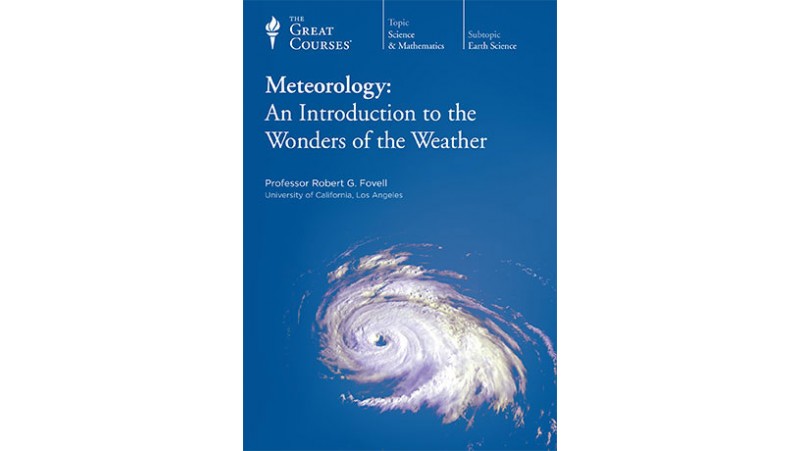
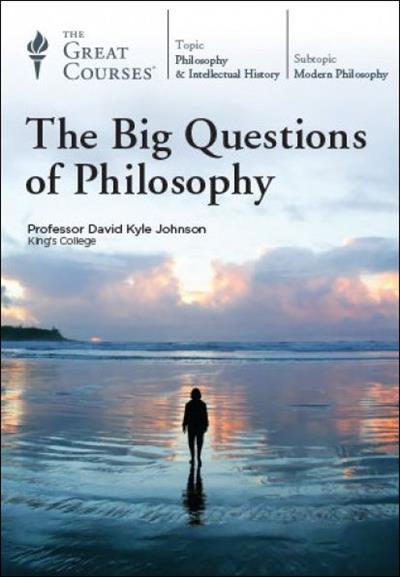

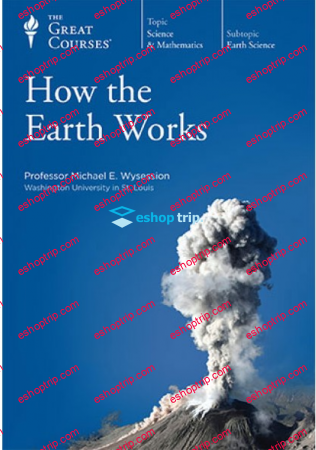
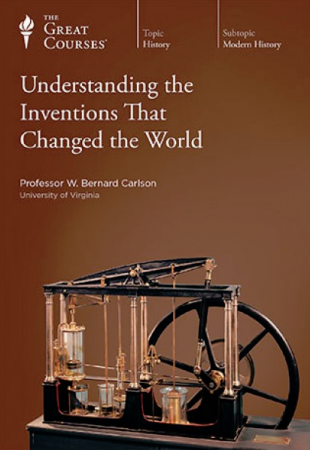

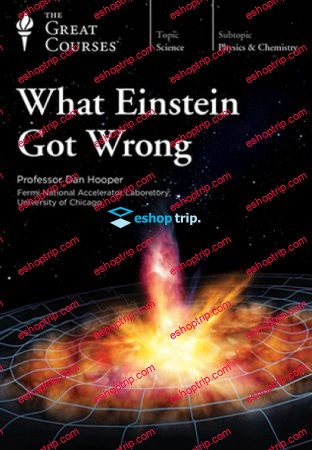

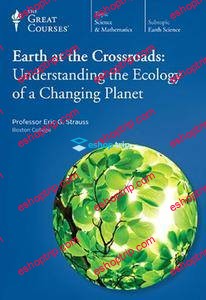


Reviews
There are no reviews yet.